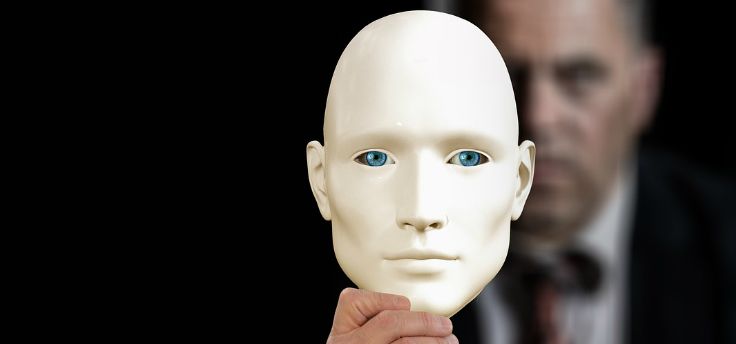how does it work and what are the rules?
Meta announced last week that it no longer wants to use facial recognition in Facebook. The company has been criticized for its lack of privacy rules. Now the company is pushing its own rules forward. But what are the general rules around facial recognition software, how does Meta deal with this and how exactly does facial recognition work?
Contents
Facial Recognition and Meta
Last week we got the news that Meta had decided to stop using the automatic facial recognition software in Facebook. In particular, the company indicated the lack of clear and good privacy rules as one of the main reasons.
However, a day later, Meta announced that it is still continuing with the facial recognition software for the
metaverse, but now with clear (own) rules.
Different approaches
Before we discuss the rules regarding the use of facial recognition software, it is useful to know what it is and how it works exactly. And to put in a little disclaimer right away: there are a lot of software programs around facial recognition and it is impossible to discuss all of them. Facebook, IBM, Microsoft, Amazon and many other companies, among others, have made software that can recognize faces. These all work slightly differently and that is why we explain what the operation comes down to.
That is how it works
All facial recognition programs revolve around three things: algorithms, algorithms and algorithms. These algorithms look at the features of a face and divide it into different parts. Think, for example, of the size of the pupil, the distance between the eyes, or more precisely the size of the tips of the eyebrows or lips. All these parts of a face are given a (unique) code. With all these codes put together, the algorithm has ‘made’ a face. These features of a face are then stored in a database.
To come back to Facebook and Meta for a moment. Their algorithms also divide faces into different characteristics and record them in a database. With this information, Facebook can easily recognize people. This makes it possible, for example, to tag people in photos, to find photos in which you appear or to receive a notification if someone posts a photo that shows you.
Rules and legislation
One of Meta’s reasons for discontinuing the automatic facial recognition software is the lack of clear rules surrounding its use. The company has now drawn up its own rules and says it will maintain privacy, transparency and control and make the software public. Microsoft, Google and IBM have also sounded the alarm several times when it comes to privacy regulations surrounding the use of the software. According to them, there is a lack of clear laws, especially in the United States.
But Europe and our own country also have difficulty drawing up rules. After all, a trade-off must always be made between privacy on the one hand and combating crime, for example. Last April, however, the European Commission presented a bill. This ‘Artificial Intelligence Act’ states that biometric identification may only be used in ‘exceptional situations’. The AVG, the General Data Protection Regulation of the Netherlands, also states that you may only use cameras with facial recognition in exceptional cases.
vague language
However, many experts and also the EDPB or European Data Protection Board, consisting of privacy supervisors from all European Union countries, find the bill insufficient. They argue that facial recognition poses too many risks to be used. They also argue that there is too much ‘open space’ in the bill. They also wonder how it will be assessed what is and what is not an exceptional situation. Finally, they say that the data processing of the algorithms is not well enough protected, and that it is unclear how to handle data from non-European countries and companies.
Application
In short: the chapter on facial recognition software is far from being closed. The trade-off between fighting crime on the one hand and privacy on the other is an issue that has been an issue for years, both nationally and globally.
At the same time, more and more companies are entering the market that want to use facial recognition. In Moscow, for example, the entrance gates of the metro can scan your face and with this they want to make it possible that buying a ticket is no longer necessary. Your face is therefore linked to your bank account. So you can walk very quickly on the metro. Using the software also makes many things faster and easier and therefore also brings benefits. So how will the story end? We’ll keep an eye on it.
Do you think you have absolutely nothing to hide online? Then think differently. What do you think? Do you like facial recognition everywhere because it can make things easier and faster? Or do you see the dangers of the software and would you rather lose it than get rich? Let us know in the comments below this article.



